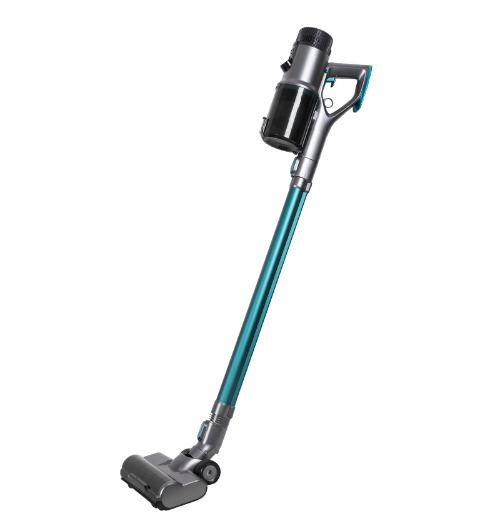The most effective filtration systems used in cordless vacuum cleaners typically include the following:
HEPA Filters: High-Efficiency Particulate Air (HEPA) filters are designed to capture 99.97% of particles as small as 0.3 microns, including dust, allergens, and pet dander. Many high-end cordless vacuums incorporate HEPA filters to improve indoor air quality, making them ideal for allergy sufferers.
Cyclonic Filtration: This technology uses centrifugal force to separate larger debris from smaller particles before they reach the filter. Cyclonic filtration helps maintain suction power over time and reduces filter clogging, enhancing the overall cleaning efficiency.
Foam and Washable Filters: Some cordless vacuums use foam or washable filters that can be rinsed and reused, reducing waste and long-term costs. While they may not be as effective as HEPA filters, they still capture a significant amount of dust and allergens.

Activated Carbon Filters: These filters are designed to absorb odors and volatile organic compounds (VOCs). They are particularly useful for households with pets or cooking smells, helping to keep indoor air fresh.
Multi-stage Filtration Systems: Many modern cordless vacuums combine multiple filtration technologies in a multi-stage system. This approach can enhance overall filtration efficiency by capturing a wider range of particle sizes and types.
Anti-allergen Seals: Some vacuums feature anti-allergen seals that prevent dust and allergens from escaping back into the air during disposal, making them safer for sensitive individuals.
These filtration systems are crucial for enhancing the performance of cordless vacuum cleaners, contributing to cleaner air and improved health outcomes for users.


 中文简体
中文简体

















